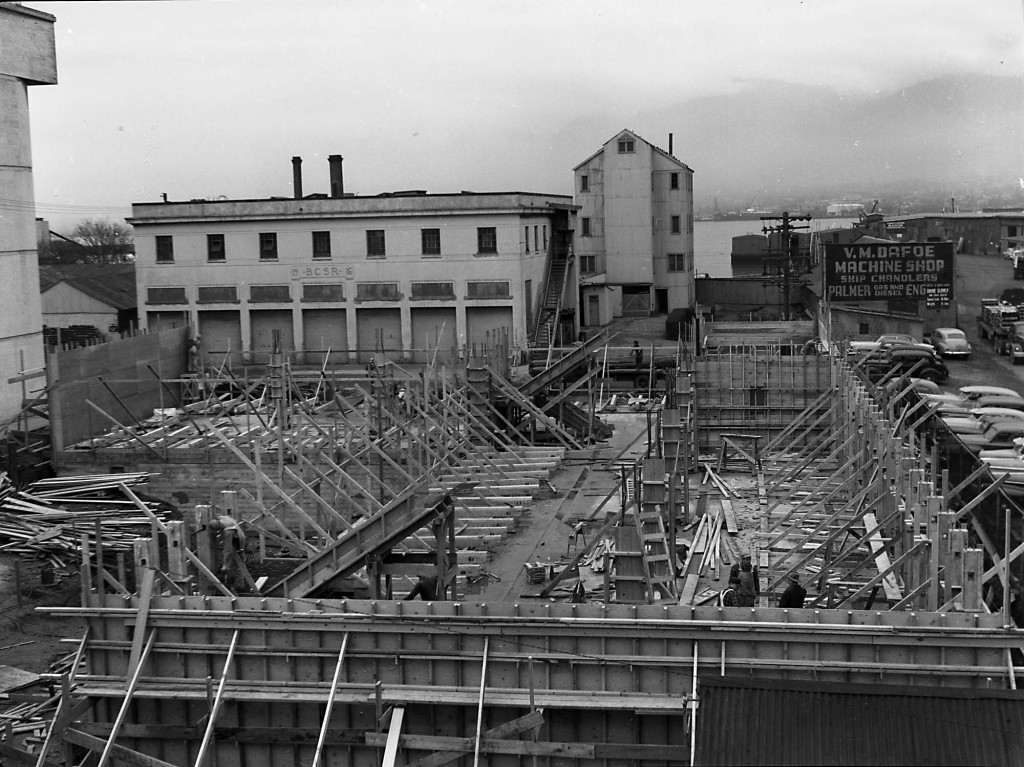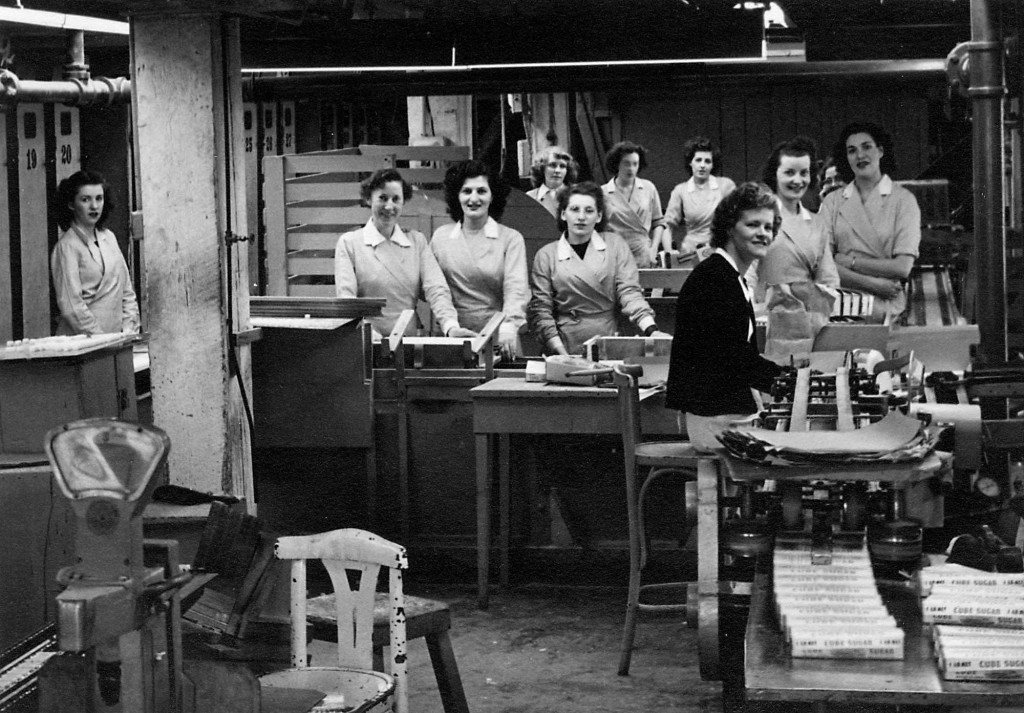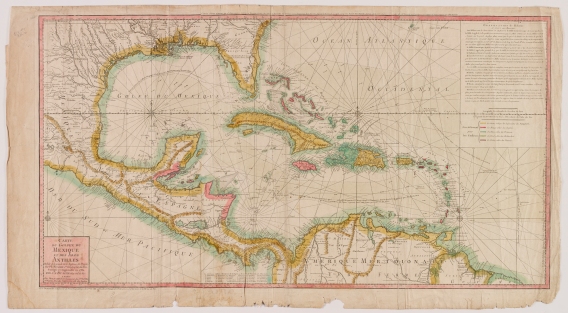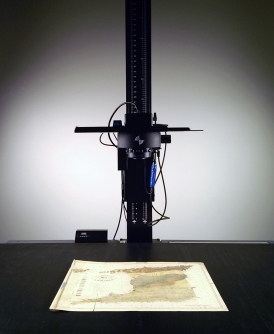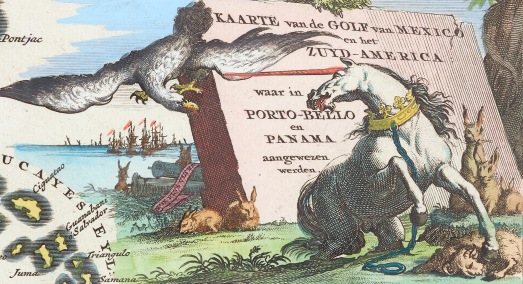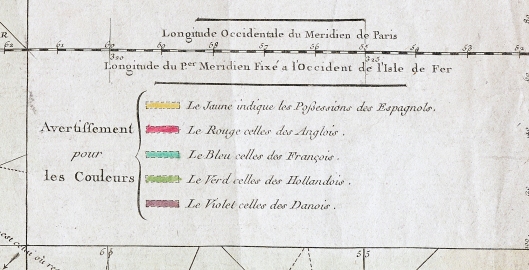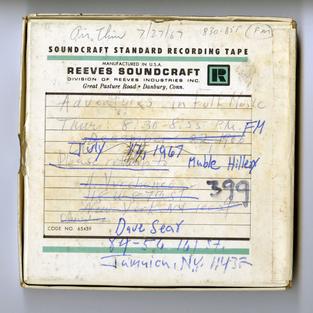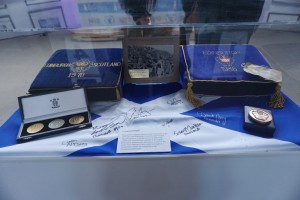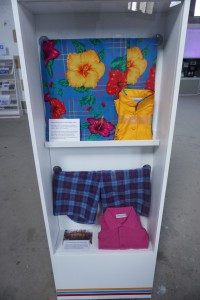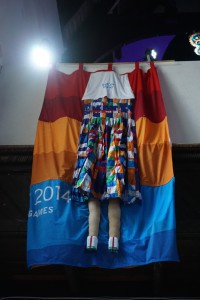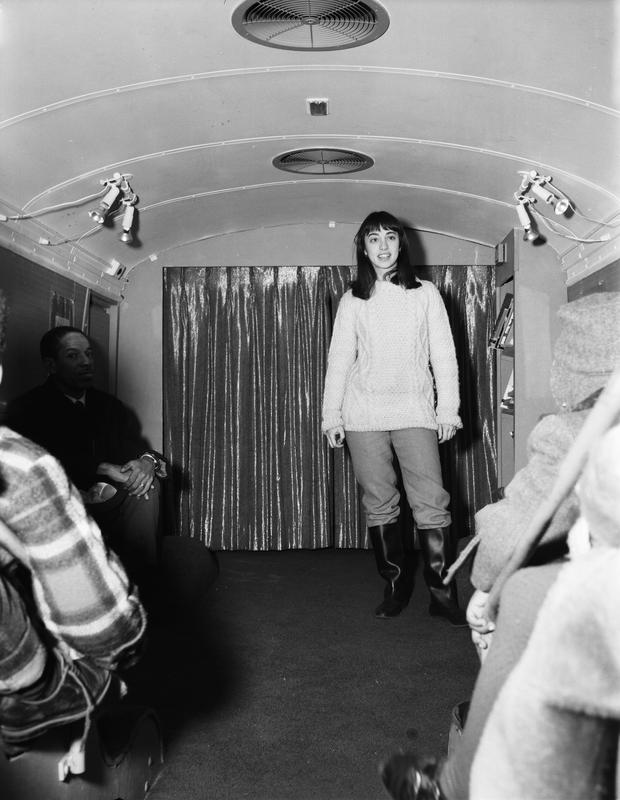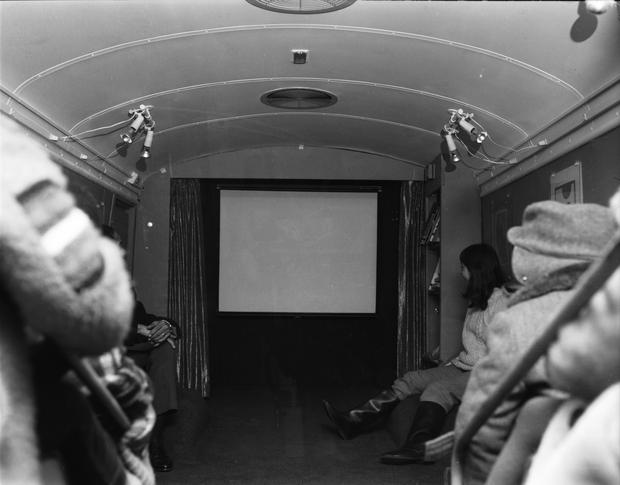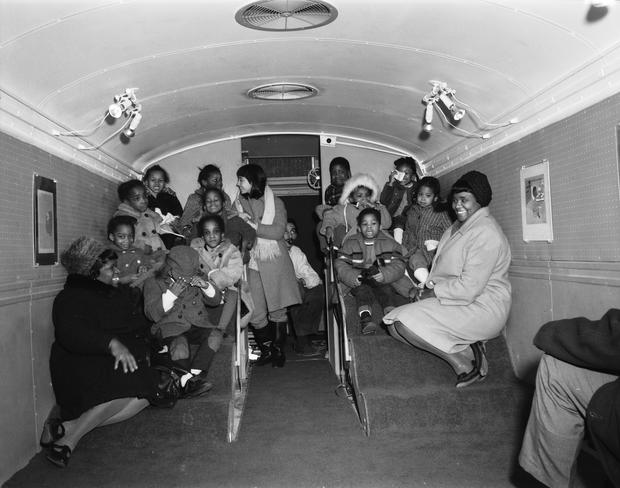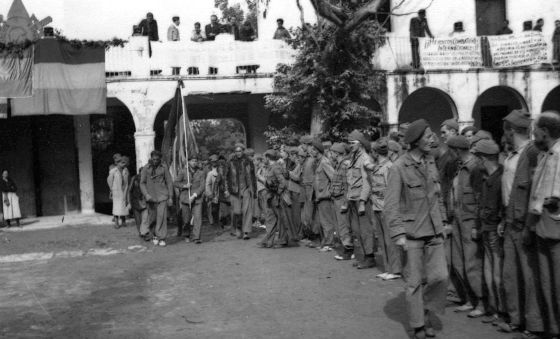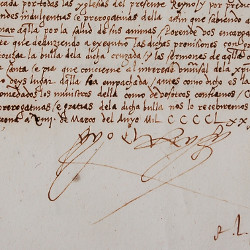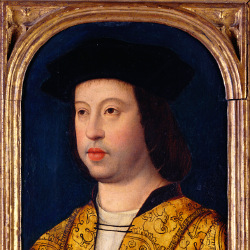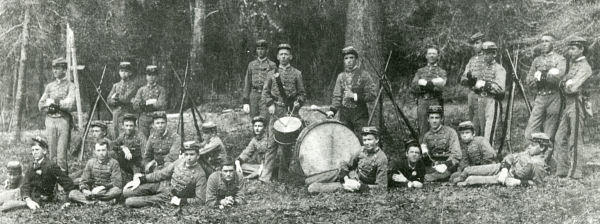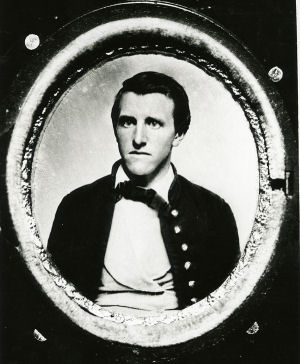http://diario.mx/ 18/03/2015
Washington– Por segundo año consecutivo, el gobierno de Obama censuró o directamente denegó el acceso documentos oficiales con más frecuencia que nunca desde la aplicación de la ley de Libertad de Información, según un nuevo análisis de datos federales realizados por The Associated Press.
El gobierno se tomó más tiempo que nunca para entregar archivos, en los casos en los que se proporcionaron. Rechazó un número récord de peticiones para acceder con rapidez a documentos que podrían ser especialmente noticiosos.
También admitió en casi uno de cada 3 casos que sus decisiones de reservarse o censurar registros no estaban amparadas por la ley, pero sólo cuando se hicieron reclamaciones al respecto.
Además, el volumen de solicitudes sin respuesta a final de año creció en un 55% a más de 200 mil.
Las nuevas cifras, publicadas el martes, se refieren a 100 agencias del gobierno durante el año fiscal 2014 y su cumplimiento de la ley de Libertad de Información, presentada a nivel global como un modelo de gobernanza transparente. Los datos indican que pese a las decepciones y promesas incumplidas de la Casa Blanca sobre que se harían avances significativos en la forma en que publica documentos, la ley es más popular que nunca.
Ciudadanos, periodistas, empresas y otras entidades presentaron una cifra récord de 714 mil 131 solicitudes de información. Estados Unidos se gastó un récord de 434 millones de dólares para intentar seguir el ritmo.
El gobierno respondió a 647 mil 142 peticiones, un 4% menos que el año anterior. La cantidad de material censurado al que se negó acceso completo fue más alta que nunca, en 250.581 casos, o el 39% de todas las solicitudes. En ocasiones, el gobierno censuró sólo unas pocas palabras o el número de celular de un empleado, pero otras veces se tacharon casi todos los párrafos de algunas páginas.
En otras 215 mil 584 ocasiones, el gobierno dijo que no podía encontrar los documentos, una persona se negó a pagar por las copias o el gobierno determinó que la solicitud era poco razonable o inadecuada.
En su propio análisis de los datos, la Casa Blanca se enorgulleció de su éxito. El gobierno suele excluir de sus evaluaciones las ocasiones en las que no se encontraron los documentos, una persona no quiso pagar por ellos o se determinó que la solicitud era inadecuada. En su estudio, el gobierno señaló que se habían proporcionado todos o parte de los documentos solicitados en el 91% de los casos, lo que sigue siendo un mínimo récord desde que el presidente Obama asumió el cargo empleando los criterios de su gabinete.
“En realidad tenemos mucho de lo que enorgullecernos”, dijo el portavoz de la Casa Blanca Josh Earnest.
La respuesta del gobierno a la ley de acceso a documentos es una importante medida de su transparencia. Según la ley, ciudadanos y extranjeros pueden pedir al gobierno que entregue copias de registros federales a un coste cero o bajo. En general, se entiende que cualquiera que pida información siguiendo esa ley debe recibirla a menos que afecte a la seguridad nacional, viole la privacidad de una persona o exponga secretos corporativos o decisiones confidenciales en determinadas áreas. El gobierno citó una cifra récord de 554.969 excepciones de ese tipo el año pasado.
Según las instrucciones del presidente, no deberían censurarse documentos sólo porque puedan ser bochornosos, pero los empleados federales aplicaron mal la ley de forma habitual. En correos electrónicos obtenidos por AP de la Administración Nacional de Archivos y Registros sobre quién paga los caros vestidos de la primera dama, la agencia tachó una frase amparándose en la cláusula para proteger la información personal como números de la seguridad social, celulares o direcciones. Pero en otra página, la frase no se ocultó.
La frase era: “Vivimos con miedo constante a molestar a la CB”, una referencia a la Casa Blanca.
En casi uno de cada tres casos, cuando alguien apeló la decisión inicial de censurar o retener archivos, el gobierno reconsideró y admitió que había sido erróneo al menos en parte. Es la mayor tasa de reconsideraciones en al menos cinco años.
El director ejecutivo de la AP, Gary Pruitt, indicó que la agencia había presentado cientos de solicitudes de archivos del gobierno. Los registros obtenidos revelaron los esfuerzos de la policía por restringir el espacio aéreo y mantener alejados a los helicópteros de periodistas durante los incidentes de protestas violentas en Ferguson, Missouri. En otro caso, los registros mostraban a médicos de Asuntos de Veteranos concluyendo que un hombre que más tarde mató a 12 personas no tenía trastornos mentales, pese a los graves problemas y encuentros con la policía que tuvo en esa misma época.
También mostraban que el FBI presionó a agencias de policía local para mantener en secreto detalles sobre un dispositivo de espionaje telefónico.
“Lo que descubrimos reafirmó lo que hemos visto con demasiada frecuencia en los últimos años”, dijo Pruitt en una columna publicada esta semana. “Los sistemas creados para dar información a los ciudadanos sobre su gobierno están muy estropeados y empeoran todo el tiempo”.
Estados Unidos publicó sus nuevas cifras durante la Sunshine Week cuando los medios fomentan el aperturismo del gobierno y la libertad de información. La AP demandó este mes al Departamento de Estado acogiéndose a la ley de información para forzar la publicación de la correspondencia electrónica y documentos oficiales durante el mandato de Hillary Rodham Clinton como secretaria de Estado. El gobierno no entregó los documentos pese a reiteradas peticiones, incluyendo una de hace cinco años y otras pendientes desde el verano de 2013.
El gobierno dijo que su tiempo medio de respuesta a cada solicitud oscila entre un día y 2,5 años. Más de la mitad de las agencias federales tardaron más en responder el año pasado que el anterior.
Los periodistas y otras personas que necesitan información con premura para informar de noticias en desarrollo tuvieron peor suerte que nunca. Según esa ley, EEUU debe agilizar peticiones urgentes de la prensa para informar al público sobre supuestas o reales actividades del gobierno. Pero el gobierno suele denegar esas peticiones. En seis años, menos de una de cada 8 peticiones consiguieron el estatus de urgencia.
La CIA, tema de tantos titulares, ha rechazados todas las solicitudes de este tipo en los últimos dos años.
Autor: Associated Press

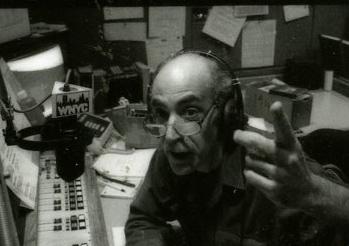










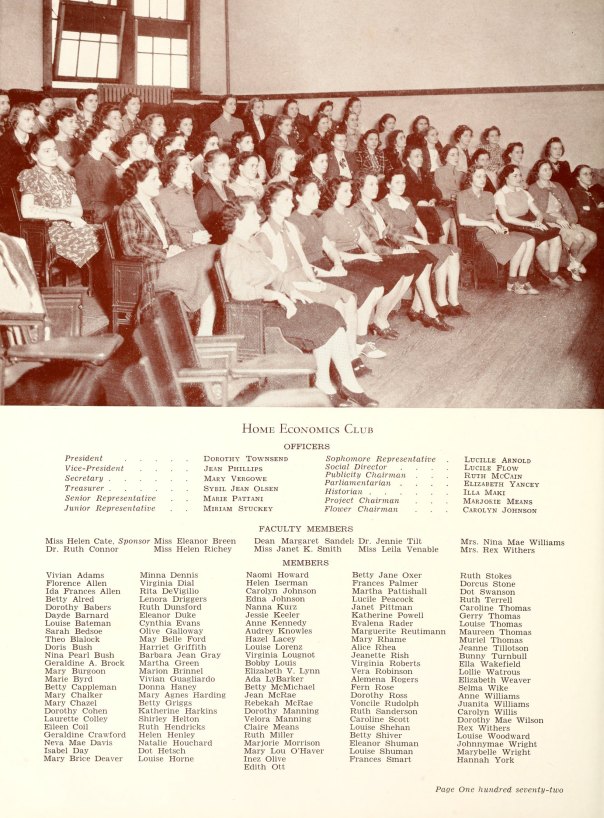
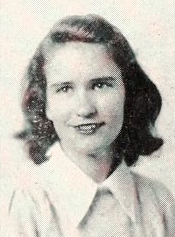
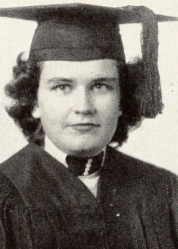
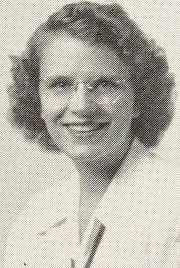

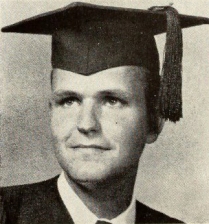
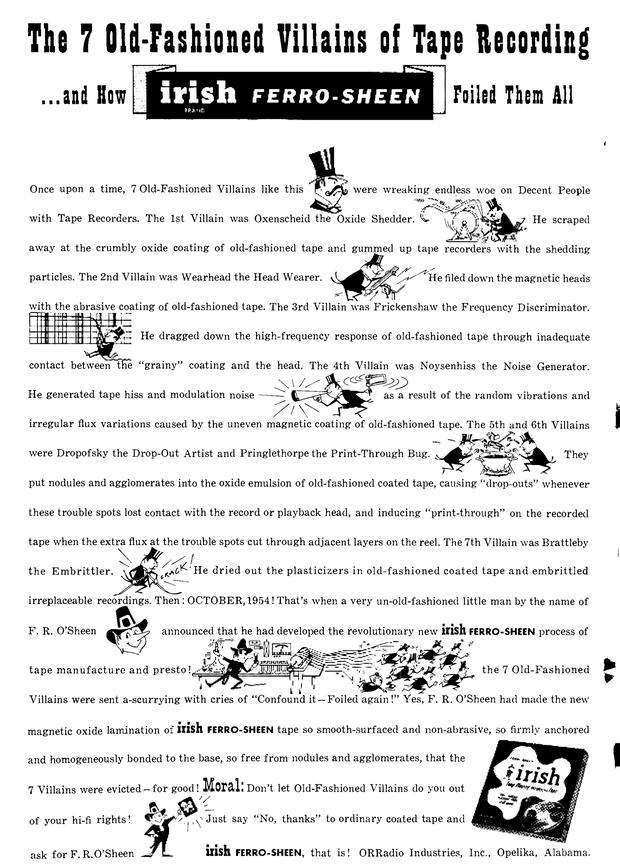



![B.T. [Benjamin Tingley] Rogers and Margaret swimming; Reference code: AM1592-1-S2-F08 : 2011-092.3807.](http://www.vancouverarchives.ca/wp-content/uploads/2011-092.3807-671x1024.jpg)
